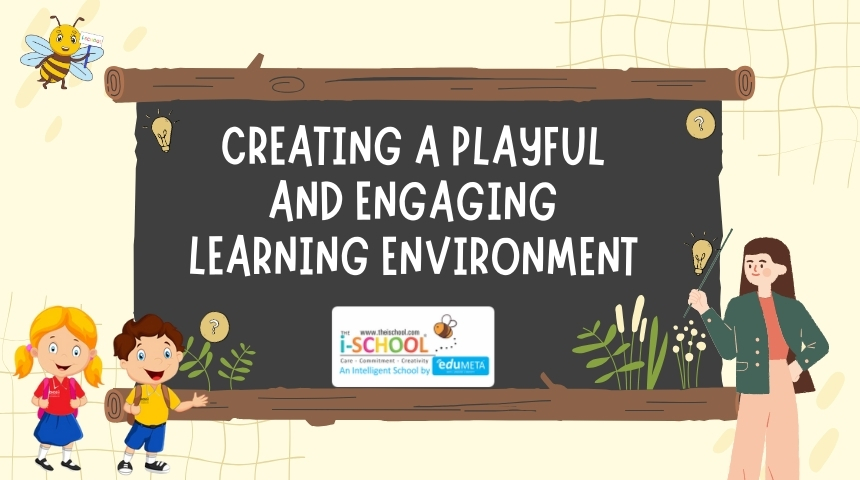Creating a Playful and Engaging Learning Environment

Imagine a classroom buzzing with activity, not of restless students, but of engaged learners. Laughter fills the air as children explore, experiment, and discover. This isn’t a fantasy; it’s the power of a playful and engaging learning environment!
Why Play Matters in Learning:
Play isn’t just about fun and games (although it certainly should be!). Play is a powerful tool for learning, especially in the early years. Through play, children:
- Develop Social Skills: Playing together teaches children how to share, cooperate, and communicate effectively.
- Boost Creativity and Imagination: Play allows children to explore new ideas, solve problems in unique ways, and express themselves creatively.
- Enhance Cognitive Skills: Playful activities can improve memory, focus, and critical thinking skills.
- Develop Emotional Intelligence: Play helps children learn to identify and manage their emotions, as well as understand the emotions of others.
- Fuel a Love of Learning: When learning is fun and engaging, children develop a positive association with education, setting them on the path to lifelong learning.
Tips for Creating a Playful Learning Environment:
- Embrace Play-Based Learning: Structure your learning activities around play. This could involve incorporating games, puzzles, building materials, dramatic play areas, and open-ended activities that spark children’s curiosity.
- Design a Flexible Space: Moveable furniture and designated areas for different types of play (building, reading, creating) allow children to explore freely and adapt the space to their needs.
- Incorporate Sensory Play: Sensory play materials like sand, water, play dough, and tactile objects stimulate the senses and encourage exploration.
- Make Learning Hands-On: Learning by doing is key! Incorporate activities that involve movement, building, creating, and manipulating materials.
- Embrace Technology (Age-Appropriately): Educational apps, games, and interactive tools can add an engaging element to learning, but ensure they complement, not replace, traditional play activities.
- Let There Be Laughter! Laughter fosters a positive learning environment and creates a space where children feel comfortable taking risks and exploring new ideas.
Remember, a playful learning environment is a collaborative effort. Encourage creativity, celebrate curiosity, and be an active participant in the learning process. By creating a space where play and learning go hand in hand, you’ll be nurturing a love of learning that will last a lifetime!
